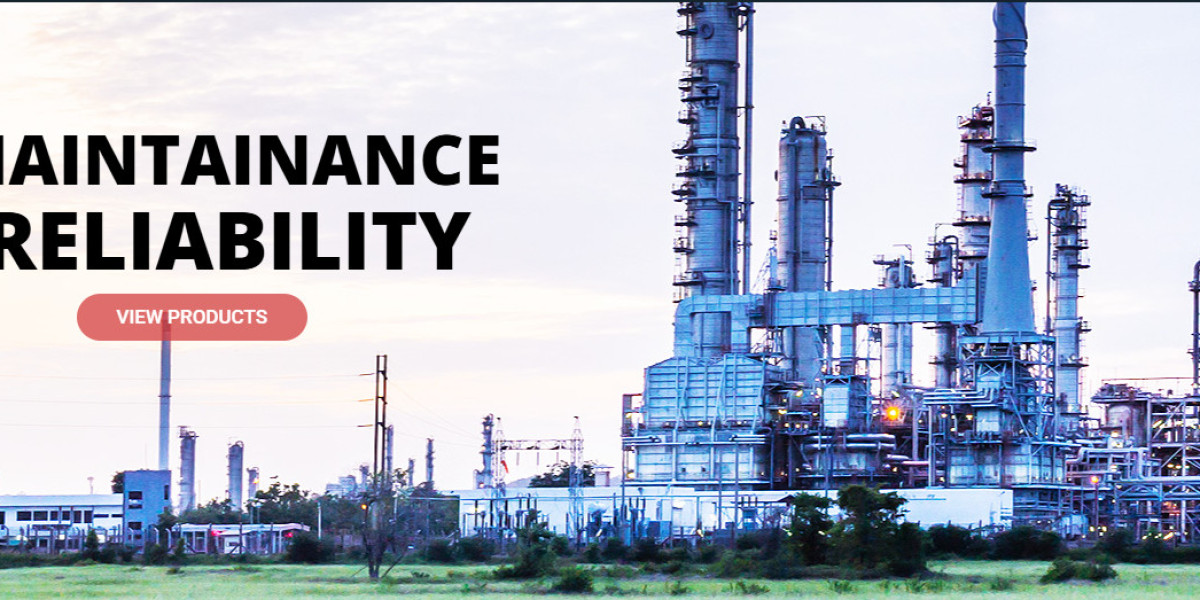Qatar is at the forefront of integrating sustainability into its construction sector, with 3D printing emerging as a pivotal technology in this transformation. The nation's commitment to environmental responsibility is evident in its ambitious projects that leverage 3D printing in Qatar to minimize waste, reduce carbon emissions, and optimize resource utilization.
? The Environmental Imperative
Traditional construction methods often result in significant material waste and high carbon footprints. In contrast, 3D printing offers a more sustainable approach by allowing precise material deposition, which reduces excess and minimizes waste. Additionally, the ability to print structures on-site reduces the need for transportation, further decreasing emissions associated with construction activities.
?️ Qatar’s Pioneering Projects
One of the most notable examples of sustainable 3D printing in Qatar is the 3D Printed Schools Project. This initiative involves the construction of 14 public schools, with two being fully 3D printed. Each of these schools spans 215,000 square feet, making them the largest 3D-printed buildings globally. The project aims to reduce environmental impact by using less concrete and producing less waste compared to traditional construction methods. On-site printing also limits the need for transport, which can reduce emissions and improve logistics. MaterialDistrict
? Sustainable Materials in 3D Printing
The adoption of sustainable materials is crucial in enhancing the environmental benefits of 3D printing. In Qatar, there is a growing interest in developing and utilizing eco-friendly materials for 3D printing applications. Research is being conducted to explore the use of locally sourced materials, such as date palm fiber waste and clay, to create sustainable building materials. These materials not only reduce the environmental impact but also promote the use of local resources, supporting the local economy. ScienceDirect
? Alignment with Qatar National Vision 2030
Qatar's initiatives in sustainable 3D printing align with its National Vision 2030, which emphasizes the importance of environmental sustainability in development. By integrating advanced technologies like 3D printing into construction practices, Qatar is setting a global example of how innovation can drive sustainable development. The country's efforts in this direction not only contribute to environmental preservation but also enhance the quality and efficiency of infrastructure projects.
? Future Prospects
Looking ahead, the potential for sustainable 3D printing in Qatar is vast. As technology advances, there will be opportunities to further refine materials and processes, leading to even more efficient and eco-friendly construction practices. The continued collaboration between researchers, industry professionals, and government entities will be key in realizing the full potential of sustainable 3D printing in Qatar's construction sector.
In conclusion, Qatar's commitment to sustainable development is evident in its innovative use of 3D printing technology. By embracing eco-friendly materials and practices, the nation is not only reducing its environmental footprint but also setting a benchmark for sustainable construction globally.






